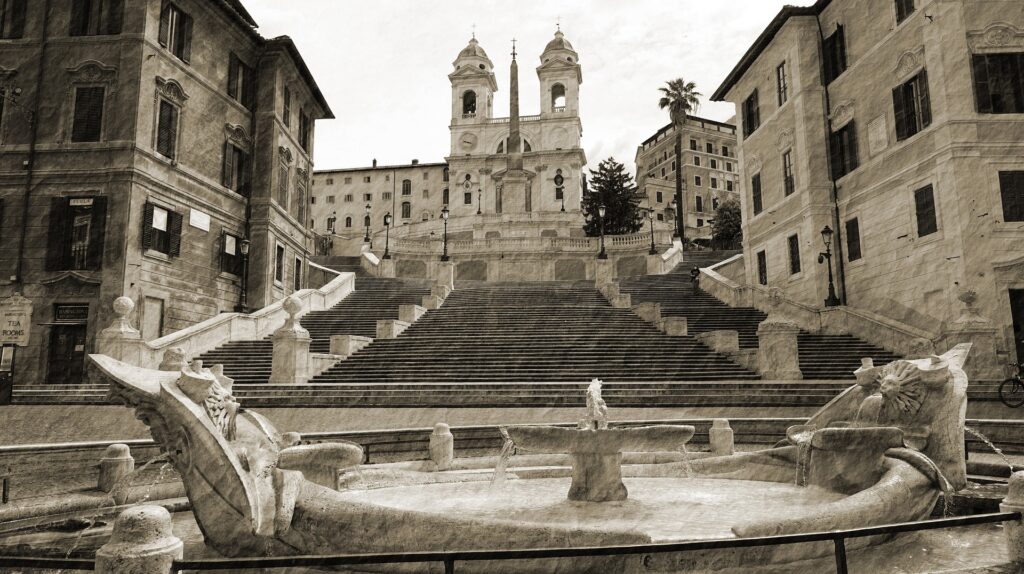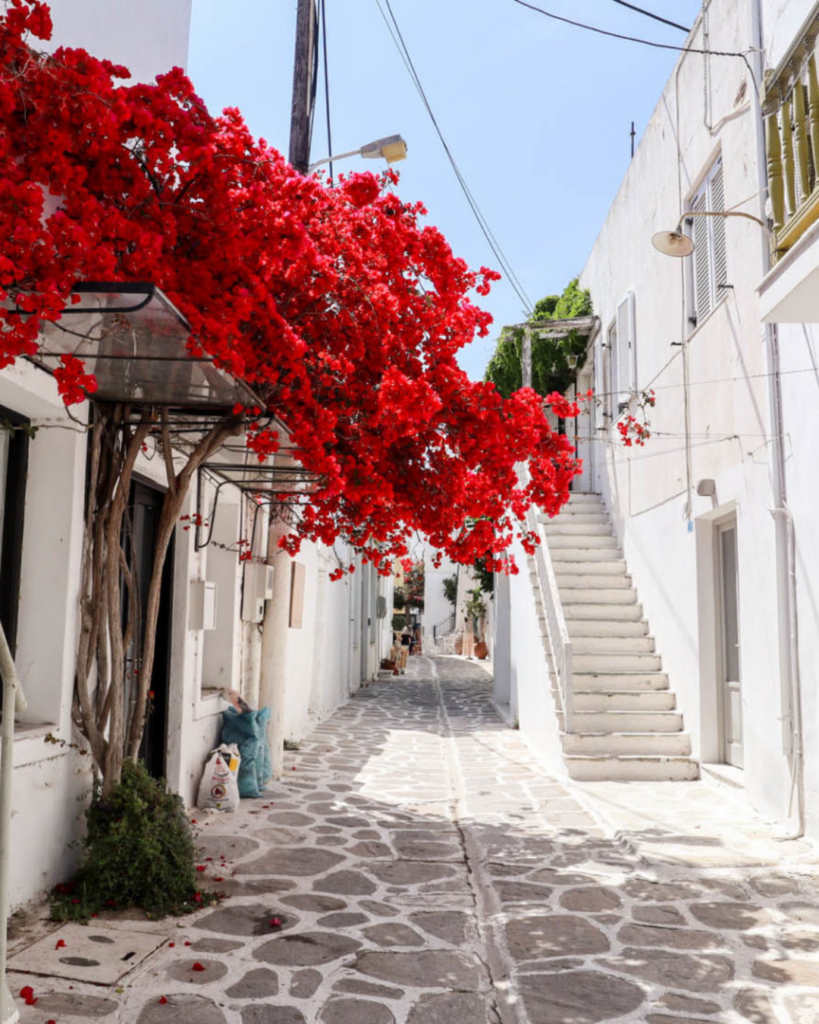
The Spanish Steps, located in the heart of Rome, Italy, are a picturesque landmark and popular gathering spot for locals and tourists alike. Built between 1723 and 1725, the steps connect the Piazza di Spagna at the base with the Trinità dei Monti church at the top. The iconic staircase features 135 steps and is adorned with azaleas in the spring and summer, providing a charming backdrop for leisurely strolls and panoramic views of the city.
Where is Spanish Steps?
The Spanish Steps are located in Rome, Italy, in the historic center of the city. Specifically, they are situated in the Piazza di Spagna (Spanish Square), near the Via Condotti shopping street and the Trinità dei Monti church.
10 Key Facts about Spanish Steps
- Iconic Landmark: The Spanish Steps are a renowned landmark located in the heart of Rome, Italy.
- Baroque Architecture: Built in the early 18th century, the steps showcase Baroque architectural style, featuring elegant curves and symmetrical design.
- Trinità dei Monti Church: At the top of the Spanish Steps stands the Trinità dei Monti church, a French church known for its twin bell towers.
- Piazza di Spagna: The Spanish Steps connect the Piazza di Spagna (Spanish Square) at the base with the church at the top.
- 135 Steps: The staircase consists of 135 steps, making it one of the widest staircases in Europe.
- Azaleas: In the springtime, the Spanish Steps are adorned with blooming azaleas, creating a colorful and picturesque display.
- Tourist Attraction: The Spanish Steps are a popular tourist destination, drawing visitors from around the world to admire their beauty and historical significance.
- Romantic Setting: The steps are a favorite spot for couples and tourists to relax, people-watch, and enjoy the scenic views of Rome.
- Restoration Projects: Over the years, the Spanish Steps have undergone several restoration projects to preserve their architectural integrity and beauty.
- Cultural Hub: Surrounding the Spanish Steps are luxury boutiques, cafes, and art galleries, contributing to its status as a vibrant cultural hub in Rome.



